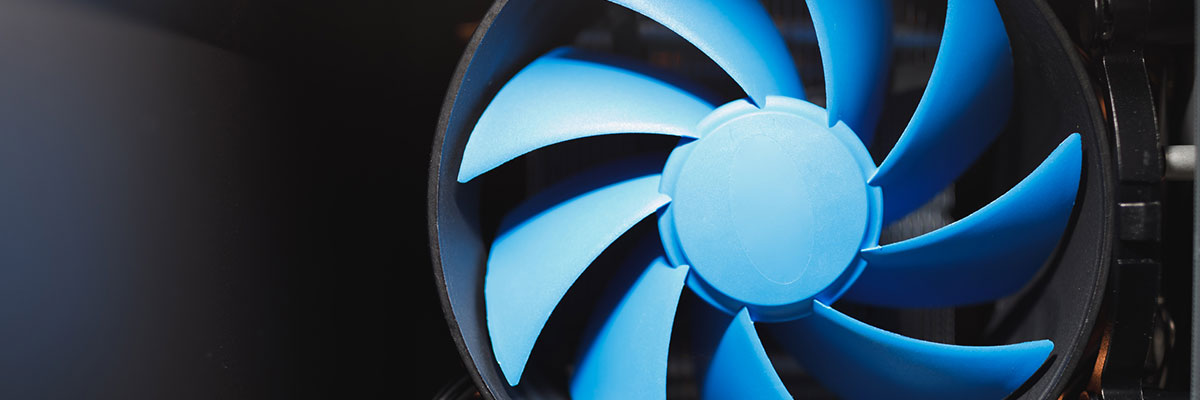PC BUILDER
Choosing a Computer Fan

Upon choosing a PC case, most PC builders will then look to the fans which help to cool down their components.
Most PC cases will come with at least a few fans pre-built in which will give you adequate cooling for a basic system. However, if you’re reading this then chances are you’re looking to build a PC a bit better than a basic system, let’s breakdown computer fans for you and what you need to look for in the buying process:

Akasa Venom Medusa
3-pin or 4-pin (PWM)?
Regular 3-pin fans have wires for power, ground and tach (the latter relaying information to the motherboard or software, like RPM). Some case fans will have a 4th pin which allows for something called PWM or Pulse Width Modulation control, this allows your motherboard, or fan control software to adjust the speed of your fan.
Speed
Revolutions per Minute (RPM) tells us how many times the fan will make a complete rotation in one minute. Usually, the higher the RPM the faster the fan will be spinning, which in most cases means it will be louder.
Size
Most popular size is usually 120mm in modern PC cases, however, you will find other sizes such as 80mm, 92mm, 140mm, 200mm and various other configurations.

Panasonic Panaflo Fans
Larger fans will push more air than smaller ones running at the same RPM. This means that larger fans can spin much more slowly than smaller ones whilst still pushing the same amount of air into your PC. Most of the time this lowers noise levels.
Be sure to check compatibility before buying one of the larger fans, most cases are only compatible with 120mm or 140mm fans.
Fan Noise
If noise is something you’re keen to keep to a minimum then be sure to check the decibel level (dBA). Check the technical specifications of the fan to ensure that fans are as quiet as possible.
CFM
This metric tells us how much air a fan is capable of moving (CFM or Cubic Feed/ Minute). This spec outlines the fans cooling performance.
Power Consumption
Be sure to check how much power a fan will use before making a purchase. Fans’ consumption levels are measured in Amps (A). To convert amps into wattage you’ll need to multiply the amount of amps by the maximum voltage the fan supports. For example, if a fan has a max power draw of .13A and a max operating voltage of 12v. – .13A x 12V = 1.56 Watts.
Visuals
Many will use fans as a way of making their PC build stand out from the crowd. Many fans come with interchangeable colours so that they match the colour scheme of your build. There are also aftermarket manufacturers who’ll attach LEDs to their fans to add that extra ‘wow factor’.
We hope this guide has helped you make a decision on which cooling fan you should purchase. If you have any further questions then feel free to get in touch as we’d be more than happy to help out.
Check out our extensive range of case fans here.
